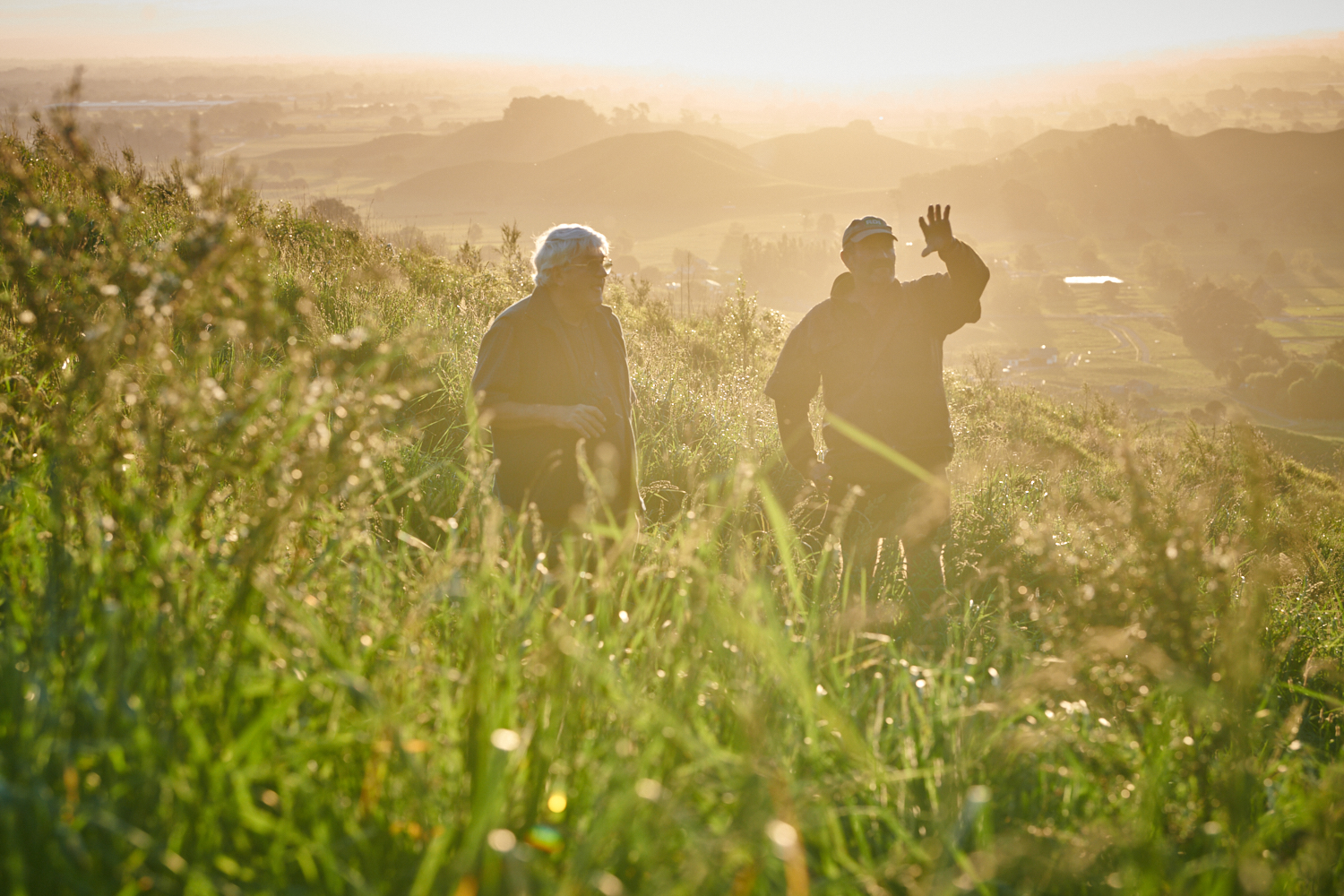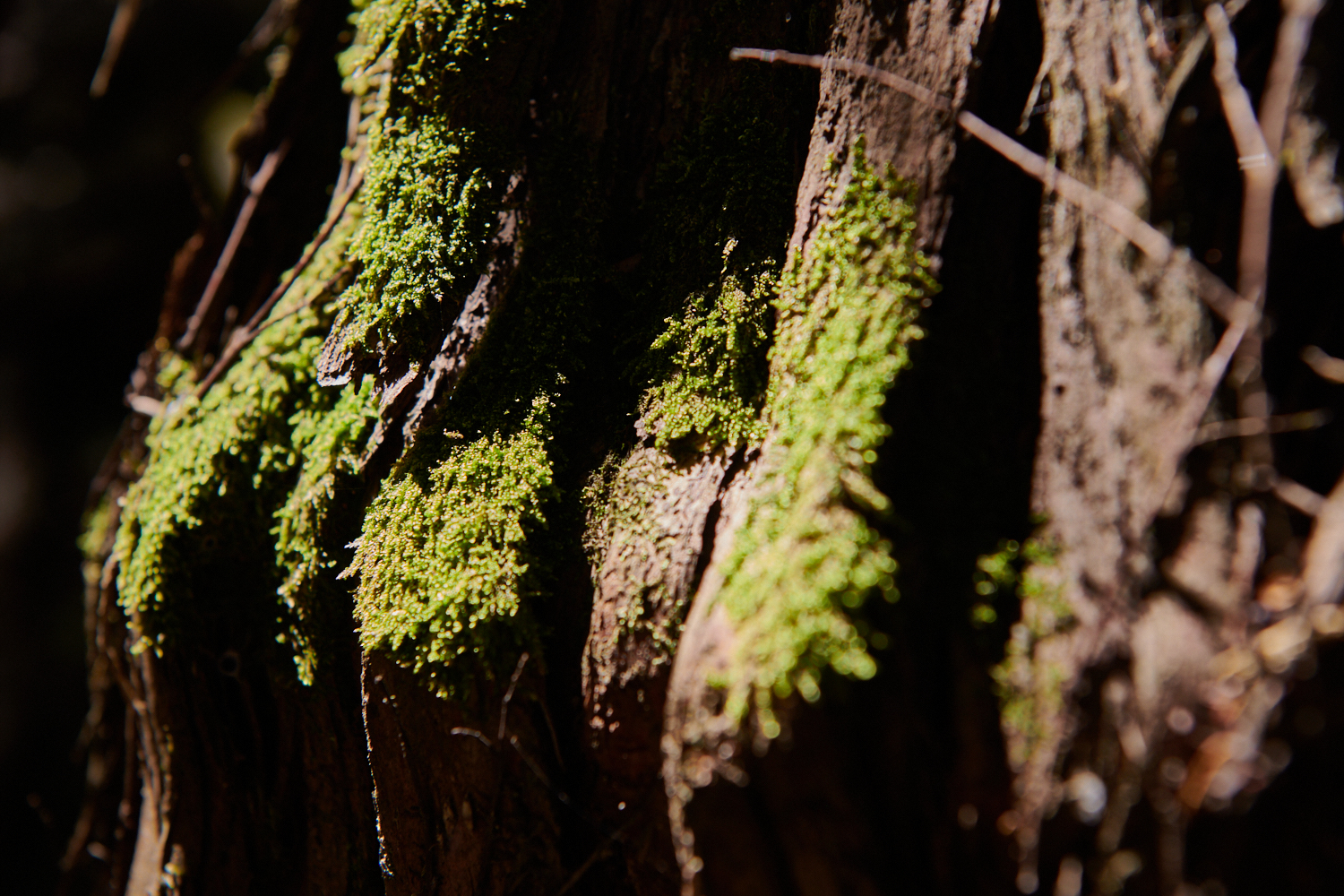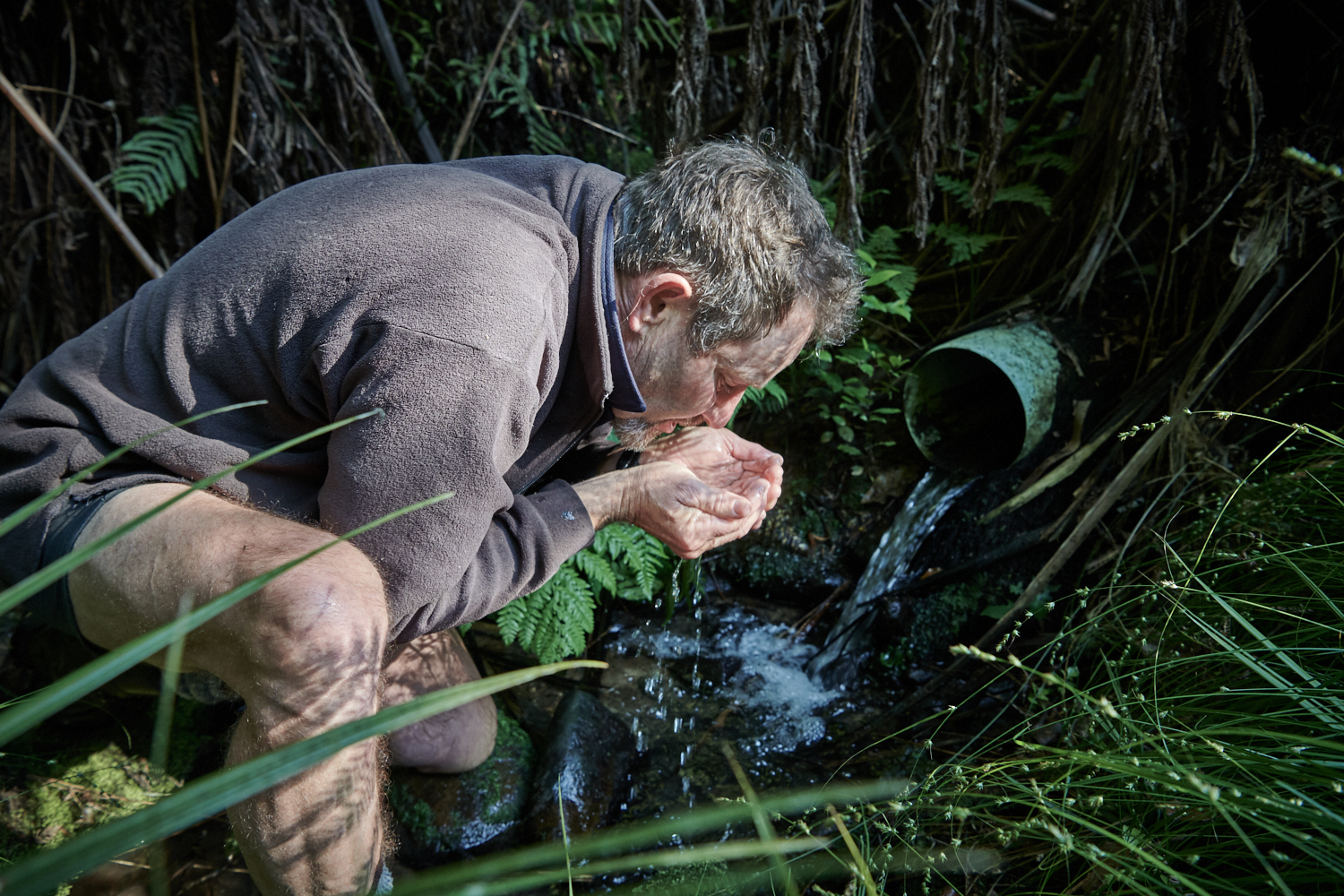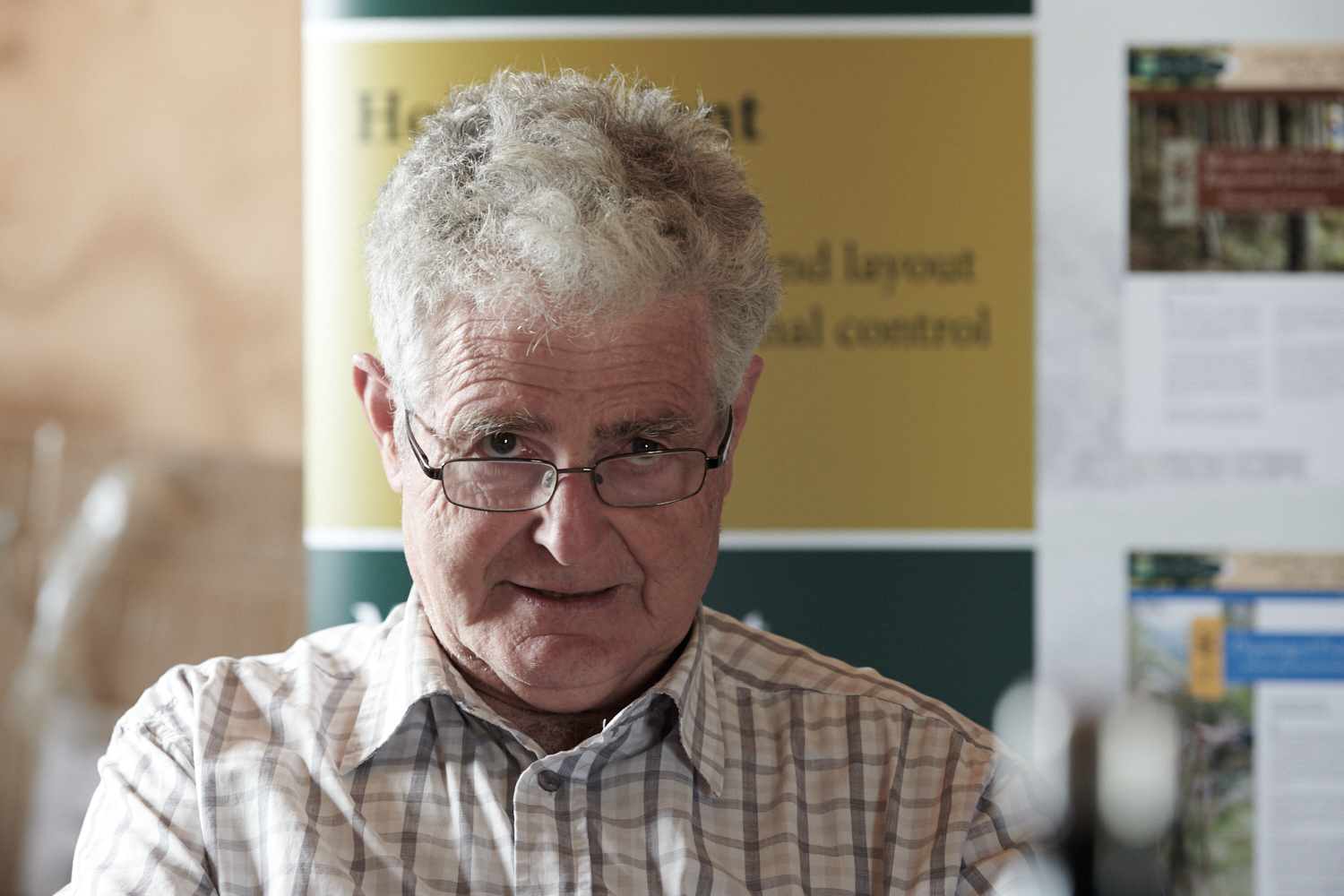A conventional business case, as typically used to assist many investment or management decisions, is not the right tool for decisions around the infinitely complex and varied land-use that is like native forests. Aside from the problems of evaluating long-term risks such as climate change and new disease incursions, the most valuable outputs of native forests are the myriad of non-timber values these forests generate. And while putting a figure on non-timber values could encourage more investment in native forests, the author acknowledges that it may not be possible to ‘value the invaluable’.
A business case is simply a decision support and planning tool. It is a projection of the consequences of a course of action – both physical and financial. At its best, a business case is a systematic and logical argument intended to help persuade a decision-maker of the worth of a specific course of action by outlining the rationale for that action and by defining the parameters (assumptions), management factors, resources involved and likely outcomes of the action (a project). A business case is intended to aid in the design, management, and evaluation of a project.
The business case for establishing native forests.
So, what is the business case for planting native trees? The short answer is that there isn’t one. Nor can there ever be a single generic business case for a project or an industry, which is site specific, targets different tree species and ‘markets’, must cope with differing management regimes, has differences in desired outputs and the importance placed on them in different parts of the country, and comprise a diversity of objectives amongst those wanting to consider establishment and management of native forestry.
Potential investors range from those who at least want to ensure some possibility of timber production in the future, through to others with no desire for any timber production at all. Even those who just want timber – or some other single significant output such as reducing erosion to an absolute minimum, or increased biodiversity – management options can range from ones involving clear-cut through to ones where the harvest is premised on maintaining a continuous canopy cover and possibly a changing forest species mix through time. As for species, the options range from a forest of a single species – essentially a monoculture – such as beech, mānuka for honey, kauri (in some regimes) and possibly tōtara such as a managed Northland regeneration regime – through to ones which comprise a diverse mixture of species.

Returns based on timber production alone do not stack up.
Financial results are only one aspect of a business case; however, they are usually regarded as the major one. If outputs of a project can be shown as likely to yield an acceptable monetary return for its investor(s) then this, rightly or wrongly, generally goes a long way towards making a business case. However, as a rule, current modelling indicating an acceptable monetary return from wood production alone does not apply to native forestry.
A wide-ranging review by Tāne’s Tree Trust (TTT) of establishment costs, marketing issues and of the economic models/calculators that have been used, generally indicate rather poor returns – indicating that investing in planting for wood production alone is not a good economic strategy.
That conclusion becomes even more the case when it is appreciated that often the ‘analyses’ that produce these results are ones with relatively ‘optimistic’ assumptions over establishment costs, rotation age, growth rates, yields and what should be the appropriate interest rate/time value to use in a business case. More expensive establishment costs, longer rotations, slower growth and/or a higher interest rate only serve to make a worse business case for growing natives purely for timber. There is also the question of risk – and what that does. More risky ventures will generally be associated with higher discount/interest rates as maintaining a native forest is a risky business.
Risk perception
There are diseases, old and new, and the potential impact of a changing climate on fire and wind risk to name just a couple of factors that might need considering – but which are often ignored. In the last few years, myrtle rust has arrived in the country and perceptions about the seriousness of longer-term impacts of kauri dieback have increased. While at this point it appears the consensus about the damage to mānuka and the mānuka honey industry from the myrtle rust variant which has established is it will be ‘relatively’ limited, some might contend there is still an element of ‘hope’ with this view. Knowledge is lacking about the longer-term impacts that the rust may have on other myrtle species that are more susceptible, and on the ecological ramifications of loss of susceptible species. Other variants of the myrtle rust, not here yet, could perhaps have much greater impacts should/if they ever make it to New Zealand.
In the light of both the changing perceptions over the longer-term impacts of kauri dieback and the risks to the mānuka honey industry of myrtle rust, it is perhaps pertinent to ask about the type of risk assessment and adjustments that should be considered. This is not only relevant to any new business case involving kauri or mānuka establishment but also in developing a business case for any forestry.
Even without factoring more risk and greater uncertainty into a business case, in most cases timber values alone are insufficient (and likely always will be) to provide a complete economic/business justification for planting native trees. Timber values can contribute to a case but on their own will generally be insufficient to make a compelling case. Despite this, data shows that (small) areas of native forest have been, and continue to be, established. Moreover, interest in expanding the native forest estate is, if anything, increasing rather than decreasing.
If the first conclusion is that there is no single standard recipe or calculator that can, albeit it with ‘adjustments’, be used to make a business case for establishment of native forest based on a timber output alone, then given the continued interest in planting natives, the second conclusion is that this type of forestry must have more than a timber income to make the case work.

Non-timber values
Any credible business case for establishing native forests is dependent on non-timber values (NTVs). The need for NTVs to make the business case is yet another reason for the business case to always be site specific. A few NTVs, such as the one associated with greenhouse gas mitigation (GHG) and carbon storage (if based on the MPI look-up tables ), may have a generic value unaffected by locality.
However, the value associated with many NTVs, such as preserving/protecting a particular species in its current location or preserving/enhancing the biodiversity of a particular site or area or reducing erosion in a specific area to an acceptable level, or providing recreation for a large number of people, will depend on precisely where that forest has been established, the species planted and the issues of importance at that site.
Our very survival is dependent on the natural world – we all need food, clean water, and shelter. Natural ecosystems provide many services that most of us are not fully aware of until they are damaged or destroyed. A focus on short-term monetary returns has often prevailed over indigenous and local community viewpoints of the wider value of natural resources. This has resulted in an imbalance between those benefiting from short-term economic gains and those who suffer the long-term environmental, cultural, and socioeconomic impacts from unsustainable use and destruction of natural resources.
”Any credible business case for establishing native forests is dependent on non-timber values (NTVs).
NTVs are an essential part of the business case.
We rely on forests – natural and planted – for clean air and water, stable soils, providing habitat, meeting climate change commitments, providing the ambient environment for outdoor recreation and tourism, and for maintaining NZ’s international branding as a clean, green country – but too often the worth of these services are not included in the business or economic case. Hopefully, that situation will not pertain for much longer. The OECD recently stated that, largely due to intensification of land use (particularly dairy farming), New Zealand’s growth model is approaching its environmental limit.
There is a growing awareness of the importance of New Zealand’s natural capital, and ecosystem services in planning and policy matters. However, while there is increased awareness of non-market ecosystem services and their importance, mechanisms for assigning a defensible (monetarised) value to these services to stand alongside those outputs and services that do have a market value are both challenging and, in many cases, still being developed.

Valuing NTVs
Non-timber values, such as those associated with GHG mitigation and carbon forestry, have become much more familiar to people over the last few years and with that familiarity has come a greater willingness to put a (monetary) value on them. But these are not the only NTVs associated with forestry, nor even in many cases the ones of greatest importance.
Tāne’s Tree Trust has recently reviewed published information and analysed current thinking on NTVs.[1] The focus of this work is New Zealand’s native forests outside of the conservation estate, sustainably managed for multiple purposes.
NTVs were classified and grouped under three headings:
(i) non-timber forest products,
(ii) environmental services and
(iii) socioeconomic, cultural, and spiritual services.
Knowledge gaps and deficiencies in methods quantifying the NTVs associated with these forests were identified, and recommendations made for further work.
With many of the non-market NTVs, there is a recognised conundrum of trying to ‘value the invaluable’, i.e., put a price/value on something that is crucial to human well-being but in a way that is not easily quantified. There is also, in many situations, a lack of awareness of the full range of NTVs potentially provided by forests. And, in New Zealand at least, there is a lack of a full spectrum of forestry management practices, beyond the quite simple dichotomy of exotic forest plantations managed under clear-fell regimes, and native forests protected in the conservation estate.
”Recognising NTVs as quantifiable assets would encourage afforestation – both native and exotic.
Conclusions
The wider benefits of forestry often fail to be properly accounted for in decision making, and this has resulted in a distortion of policies around land use to the detriment of all forestry and the nation.
Our country relies on forests for a myriad of environmental and cultural services, and timber products. Native forests are an integral part of our distinctive natural landscapes, spiritual well-being, cultural identity, and international branding as a clean, green country. They also provide unique non-timber products that are often culturally important.
Aggregated, the NTVs of native forests are likely to be greater than for exotic plantations – particularly when it comes to values relating to scenic, cultural, spiritual, biodiversity, water quality and diverse ecosystems in our landscapes. Native forests managed for NTVs alone, or under continuous cover regimes, are likely to have the highest aggregated NTVs.
In many cases, the aggregated NTVs of a forest will far exceed any timber values. Native forests deserve a higher profile as an economically viable land use. That higher profile can be achieved by ensuring that whenever a business case is developed for a native forestry proposal it must include relevant NTVs for both the site and the proposed tree management regime.




Leave a comment